As commerce threatens to overwhelm areas available for development, residents of the major communities in the Mabaruma Sub-Region in Region One nevertheless remain optimistic about what the future holds for life there.
In recent times Mabaruma itself, the home of the main administrative office of Region One has seen various forms of infrastructural development, including the rehabilitation of some schools and a new-look public hospital with full staff complement.
On the transportation front there are scheduled flights to the area almost daily now, and residents no longer have to walk the long treacherous miles between the main communities of Mabaruma Settlement, Mabaruma Township, Barabina, Hosororo, Wauna and the business community of Kumaka, as minibuses serve these key routes between sunrise and sunset.
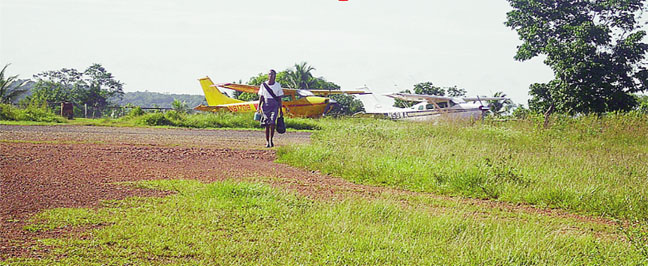
Recently, several ‘shine cars’ have been operating along the roads there and a businessman told Stabroek News during a recent visit that in time the area would become a business and tourist destination, providing the regional administration “put their house in order.”
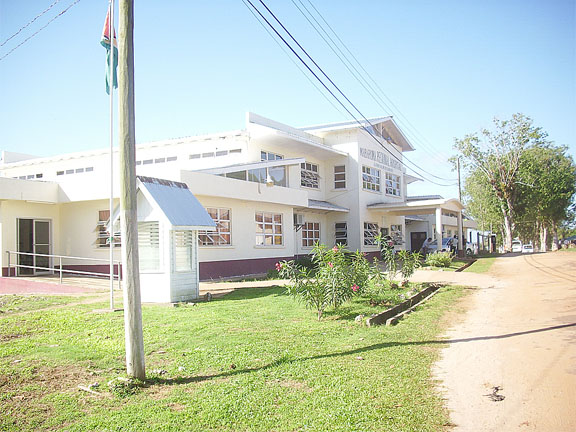
Minibus operator Veron Gunpat, the lone female in the profession who has been driving between the mainly hill-top communities in the sub-region for more than a decade, noted, “For me it is better to live a comfortable relaxed life here in North West than to deal with the bustling on the coastland.” Gunpat, who said that she had a passion for driving as well as other male-dominated occupations such as grillwork and mechanical engineering, told Stabroek News that as a single mother of three she has had life difficult in recent times. On the plus side, however, she said she could work at her own pace, was her own boss and operated a flexible schedule; in addition, passengers were always available.
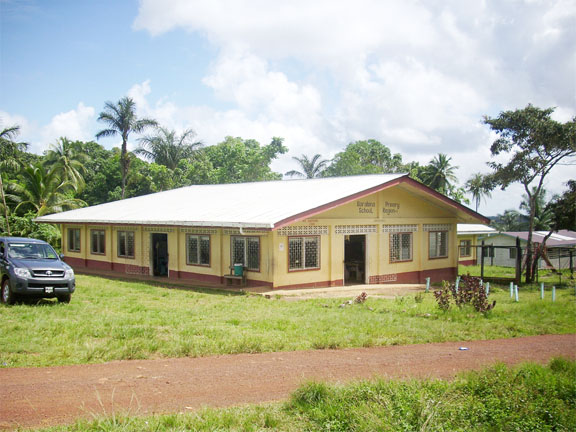
She said in recent times the sub-region had seen some amount of development, although there were several areas where the administration could make some improvements, including the upgrading of key roads and supplying electricity on a 24-hour basis.
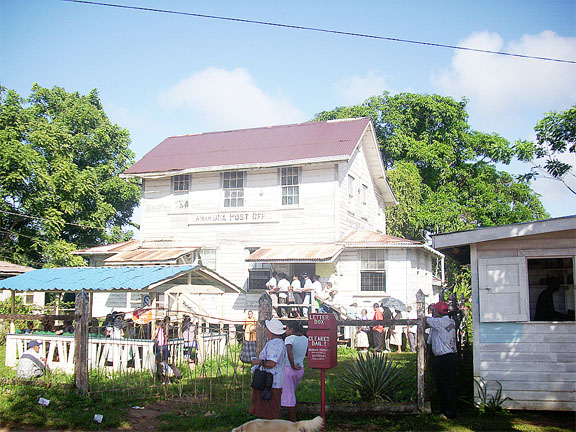
Other residents in the area told Stabroek News that several sectors needed to be improved. Parents of students attending the Hosororo Primary School said that the school was in need of more qualified teachers. At the moment the issue of overcrowding was plaguing a section of the school, as some 100 students from areas within the sub-region were housed in a small double flat building. The education ministry was aware of the problem, this newspaper understands, but it was noted recently that the local education department did not want to publicise the issue. The students are part of an experimental programme to convert the ‘primary top’ of the school to a secondary institution.
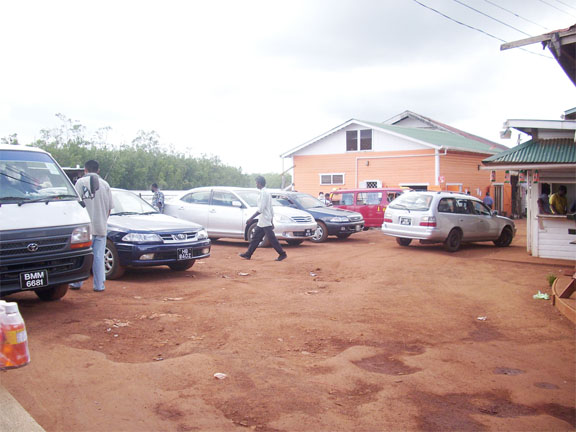
But while the latter school is experiencing some difficulties, including the shortage of a language teacher, the Wauna Primary School, located some 3-4 miles north west of Hosororo is making headway with its agricultural programme.
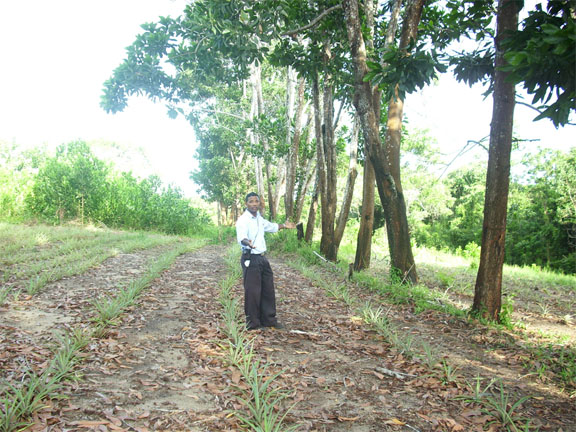
Agriculture Science teacher Andrew Ramsammy , a Guyana School of Agriculture (GSA) graduate, told Stabroek News that the agricultural department of the school is investing heavily in its pineapple farm. The farm, which is located aback of the school compound, currently has some three-and-a-half acres of four month old pineapple plants, and the plants are attended to weekly by students of grades 6 to 9. Ramsammy , who turned down a lucrative offer from the sugar corporation to serve Wauna, said that the plants are expected to bear fruit within the first quarter of 2011 and the school plans to market the pineapple to fund its feeding programme.
Like the school’s administration, residents of Wauna have voiced concern over the unavailability of electricity in the community, even though they noted a network of electrical poles with wires in the village. Stabroek News understands that the community was promised a functioning heavy-duty generating set at the time of the last election but to date, one resident observed , “that remains a dream.”
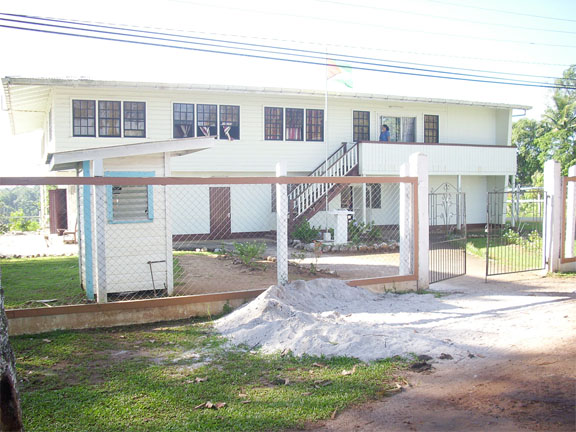
At Barabina, the mainly farming community was quiet almost all the time, mother of two Nisha (only name given ) told Stabroek News. She said in recent times persons had migrated from the community to live on the coastland , impelled mainly by the unavailability of jobs in the region. She said that in future, “people should return to this region and assist in some way… a lot of young people finish school with nothing to do…no jobs… no form of training.”
Barabina too is not connected to the electrical grid, but most households own small diesel and gasoline-powered generators, and it was noted by senior village council member Nickol Birchman that the community has seen vast improvements over the years in terms of individual families enhancing their lives.
At Kumaka businesses reported that there were days of disappointment and others where they could capitalise on high customer turnout. The main business days at Kumaka are on Tuesday, Saturday and when the ferry the MV Kimbia docks at Port Kumaka. At the moment the community is threatened by the nearby Aruka River, which is daily encroaching on the river defences.
But businesswoman Evelyn Melville remains optimistic about the future of business at Kumaka, remarking that the area has been historically the central business hub of the sub-region. She said that there was the odd murmur in the community about the removal of a decades old silk-cotton tree which once stood less than 20 feet away from the now fragile river defences, but persons had offered their own suggestions and solutions to the problem.
It was noted that agriculture was another sector which had been faltering in parts of the sub-region; most interviewees made reference to the “collapse” of the organic cocoa project which the authorities spoke highly of several years ago. The project which was launched following the visit of Prince Charles to these shores, remains “under the canopy of bushes,” as a resident at Hosororo described it.
He said in recent times, via the extension centre at Kumaka, the Agriculture Ministry had been pursing other cultivation in the region, but still the cocoa project was a “huge disappointment.” He said that the farmers really needed the resources – the financial backing to get such projects underway.
The sub-region remains starved of entertainment spots, but there are several avenues being pursued by youths in the region to find alternatives. One such alternative is the marketing of the Wauna Bridge, a bridge which lies over a creek at the bottom of the hill-top community, where young people congregate each weekend and on holidays.
On October 24 , the hangout spot hosted what one resident termed, “the biggest event at the bridge to date,” for the general public, with popular city-based music and sound promoters Slingerz, backed by a local stereo system,Code Red.
At the moment the two telecommunications providers, GT&T and Digicel, are competing in the region with promotional activities. At the same time domestic airlines Trans Guyana Airways and Air Services Limited provide competitive flights to the area, while another charter service, SkyWest, also operate flights out of Mabaruma airstrip.
An ambulance is available 24/7 at the hospital in Mabaruma and in its absence taxi-drivers were only one phone call away, a resident noted.




